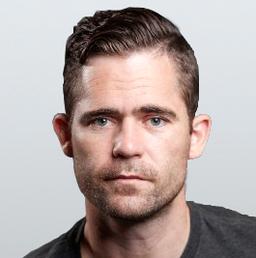Born on a small farm in Litchfield, Connecticut, Frederic Eugene Ives (1856–1937) had an appreciation for the natural beauty around him. When Ives was young, his father took over a general store in Norfolk, Connecticut, just north of Litchfield. Ives’s schooling was intermittent at best. When his father died shortly before his 12th birthday, his formal education ended. Without the means for schooling, Ives entered the workforce around age 13, but believed he could educate himself just as well. His perseverance in this matter would significantly contribute to the industry of information and media.
Ives’ self-education was founded on three things: his love of nature, a cheap microscope, and an old textbook on the subject of nature. It seemed that Ives was on the road to becoming a naturalist, but his passion was for visuals, and he set his sights on photography.






